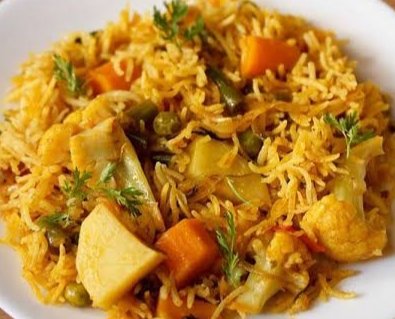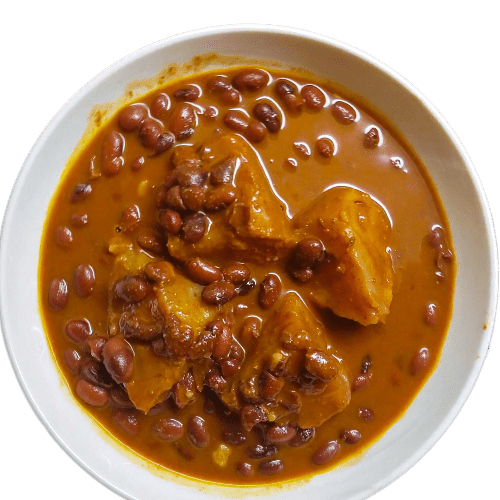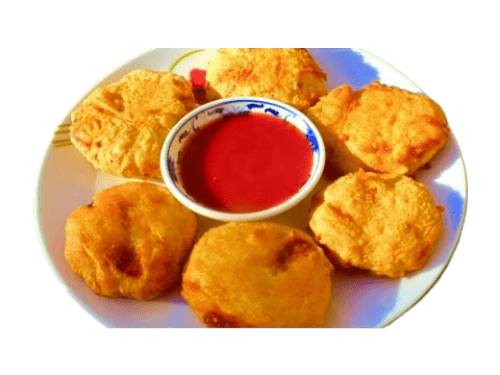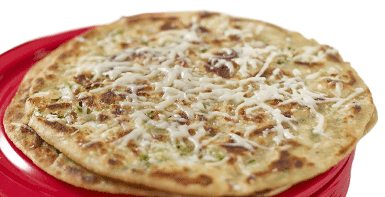Best Cauliflower Avakaya ( cauliflower pickle)
Introduction: The Fascination with Pickles in Indian Cuisine :
Cauliflower Pickles hold a special place in Indian households, with each region boasting its unique variants. In South India, the word “avakaya” is synonymous with a spicy, tangy, and robust pickle that amplifies even the simplest meals like rice, curd, and dal. Avakaya is traditionally made using mangoes, but the variation with cauliflower offers a new twist while maintaining the depth of flavors that avakaya is known for.
In this post, I will introduce you to the art of making Cauliflower Avakaya, a lesser-known but equally delightful pickle that is perfect for those who love the combination of spice and tang. We will discuss everything you need to know – from selecting the freshest cauliflower to storing the pickle for maximum shelf life. You’ll also learn the secrets behind why Indian pickles have such a long tradition and how they’re a reflection of seasonal preservation methods.
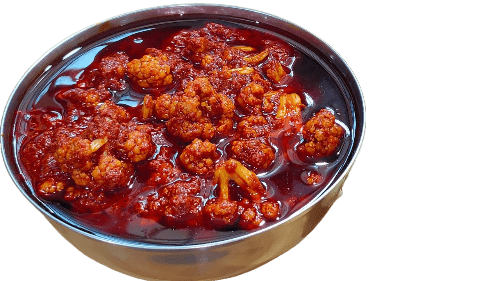
The Origin and History of Avakaya :
Where It All Began:
The history of Avakaya dates back centuries, particularly to the Telugu-speaking regions of Andhra Pradesh and Telangana, where mango avakaya is an indispensable part of summer pickling traditions.
A discussion on how pickling became an important method of food preservation in India, especially in the pre-refrigeration era.
How avakaya evolved, with variations using vegetables like cauliflower, carrots, and even garlic gaining popularity over time.
Why Cauliflower?
Cauliflower, being a relatively neutral vegetable, absorbs the flavors of the spices beautifully, making it a perfect vegetable for avakaya.
The crunchy texture of cauliflower adds a unique bite, which is different from the more traditional mango or lemon avakaya.
Cauliflower Avakaya Ingredients: The Building Blocks of Flavor:
Each ingredient in Cauliflower Avakaya plays a significant role in balancing the flavors and contributing to its signature taste.
Cauliflower: The star ingredient. Fresh and firm florets of cauliflower are ideal.
- Discuss the importance of selecting the right cauliflower: firm heads, no blemishes, and evenly sized florets.
- Preparation of cauliflower: Why it’s important to sun-dry or air-dry the cauliflower before pickling to reduce moisture and avoid spoilage.
Spices:
- Mustard seeds (Avalu): These give the characteristic bitterness and pungency to avakaya.
- Fenugreek seeds (Methi): Adds a subtle bitterness and enhances digestion.
- Red chili powder: Traditionally, Kashmiri red chili powder is used for color, while Guntur chili powder is used for heat. Discuss the balance between heat and color in pickles.
- Turmeric: For its earthy flavor and natural preservative properties.
- Hing (Asafoetida): Imparts an umami flavor and aids digestion.
Acidity:
- Tamarind paste: Adds tang and acts as a natural preservative.
- Lemon juice (optional): For additional tanginess and freshness.
Oil:
- Sesame oil (gingelly oil): The traditional oil used in South Indian pickles due to its strong flavor and preservative qualities. Discuss why sesame oil is preferred over other oils.
- The role of oil in ensuring the pickle is preserved for a longer time.
Salt:
- The importance of using rock salt in pickles for preservation and flavor.
- The role of salt in drawing out moisture and enhancing the pickle’s longevity.
Step-by-Step Recipe for Cauliflower Avakaya :
Here’s where we dive deep into the process of making Cauliflower Avakaya, ensuring every detail is covered for beginners and experienced cooks alike.
Step 1: Preparing the Cauliflower
Start by cleaning and cutting the cauliflower into medium-sized florets.
Discuss the importance of drying the cauliflower thoroughly: whether through sun-drying or air-drying, this step is crucial to prevent the pickle from spoiling.
How to ensure there’s no moisture, as even a little can ruin the pickle.
Step 2: Roasting and Grinding Spices
Dry roasting mustard seeds and fenugreek seeds to enhance their flavor and grinding them into a fine powder.
The importance of freshness in spices: how using freshly ground spices makes a noticeable difference in the flavor.
Step 3: Mixing the Spices
Combine mustard powder, fenugreek powder, red chili powder, turmeric, and salt in a bowl.
Discuss the balance of spices and how adjusting the quantity of red chili powder can customize the heat level.
Optionally, how to add tamarind paste for additional tang.
Step 4: Tempering the Oil
Heat sesame oil until it reaches the smoking point, then cool it down slightly before adding to the spice mixture.
Explain why the oil needs to be hot but not too hot, as it helps in infusing the spices without burning them.
Step 5: Combining Cauliflower with the Spice Mix
Gently mix the cauliflower florets with the prepared spice blend, ensuring each piece is well-coated.
The importance of gentle handling to prevent cauliflower from breaking apart.
Step 6: Marinating the Pickle
The cauliflower avakaya needs to rest for 3-4 days to allow the spices to fully permeate the florets.
Discuss the ideal temperature and conditions for storing the pickle during this marination period (cool, dry place).
How to check the pickle’s readiness: taste test after a few days to see if the spices have fully infused.
Storage and Preservation Tips:
Properly stored cauliflower avakaya can last for months. Provide tips on the best storage containers (glass or ceramic jars are ideal).
Discuss the importance of keeping the pickle dry and away from moisture to prevent spoilage.
Why it’s crucial to use clean, dry utensils when handling the pickle.
How the layer of oil on top acts as a natural preservative.
Health Benefits of Cauliflower Avakaya :
Although pickles are often seen as indulgent, Cauliflower Avakaya has several health benefits due to its ingredients:
- Cauliflower: A cruciferous vegetable packed with antioxidants, fiber, vitamins C and K.
- Mustard seeds and fenugreek seeds: Both known for their digestive and anti-inflammatory properties.
- Turmeric: A potent anti-inflammatory and antioxidant.
- Sesame oil: Rich in healthy fats, particularly polyunsaturated and monounsaturated fats.
- Fermentation benefits: The slight fermentation that occurs in the pickling process introduces beneficial bacteria, which is great for gut health.
Cultural Significance of Pickles in South India :
Pickles are more than just condiments in South India – they are culinary heirlooms passed down through generations.
A look into the role of pickles in South Indian households.
How Cauliflower Avakaya fits into traditional meals: From pairing with steamed rice and dal to being eaten with chapati or curd rice.
The communal aspect of pickle-making: How families come together to prepare large batches of pickles during harvest seasons.
Variations of Cauliflower Avakaya :
For those who like to experiment with flavors, here are some interesting variations on the traditional cauliflower avakaya:
- Garlic Cauliflower Avakaya: Adding roasted garlic cloves for an extra layer of flavor.
- Carrot and Cauliflower Avakaya: Combining the sweet crunch of carrots with cauliflower.
- Vegan Cauliflower Avakaya: Using olive oil instead of sesame oil for a different taste profile.
- Spicy Cauliflower Avakaya: Increasing the chili powder and adding green chilies for those who crave intense heat.
Serving Suggestions :
How to enjoy Cauliflower Avakaya with traditional South Indian meals.
Pairing ideas: rice, curd rice, chapati, dosa, idli.
Using the pickle as a flavor enhancer in sandwiches or wraps for a fusion twist.
Conclusion: A Pickle for Every Occasion
Cauliflower Avakaya is not just a pickle; it’s a burst of flavors and a reflection of South Indian culinary heritage. Whether you’re new to pickling or a seasoned pickle enthusiast, this recipe brings a fresh and crunchy take on traditional avakaya. With the right ingredients, a little patience, and a lot of love, you can make a batch that will keep your taste buds tingling for months.

